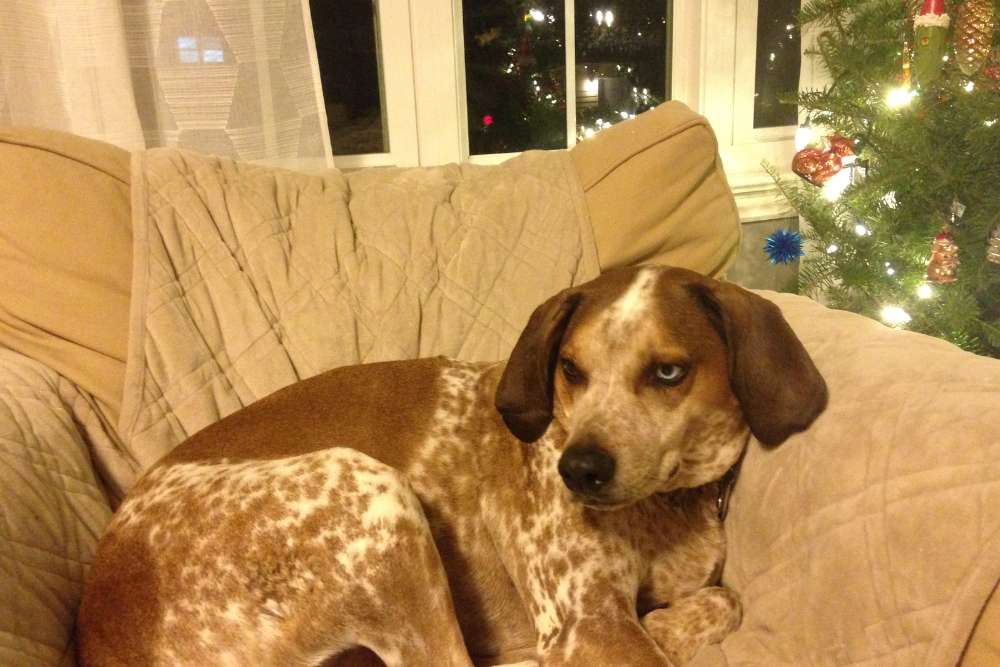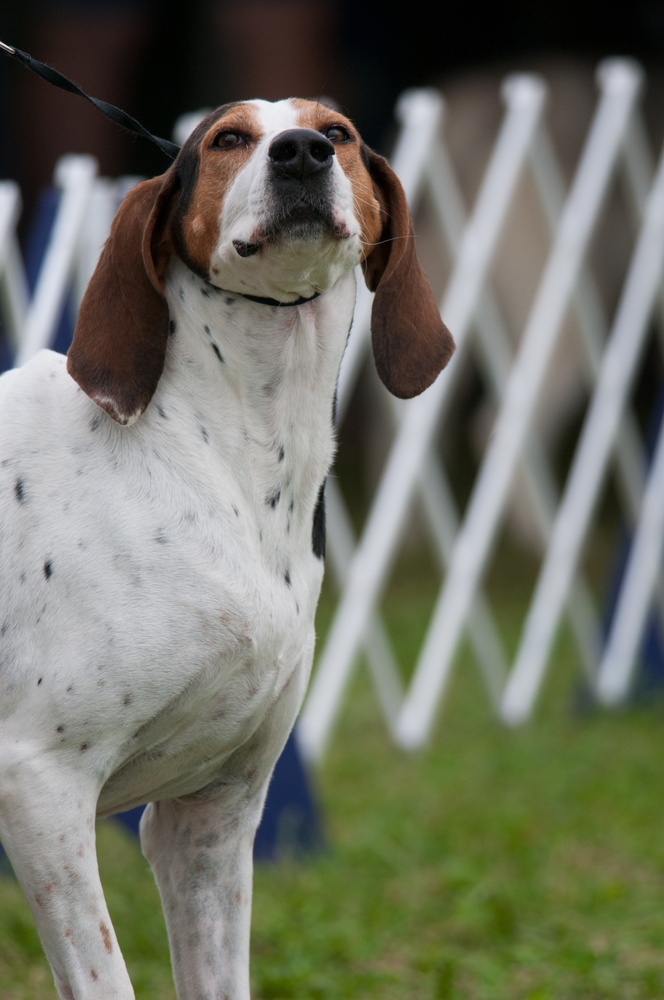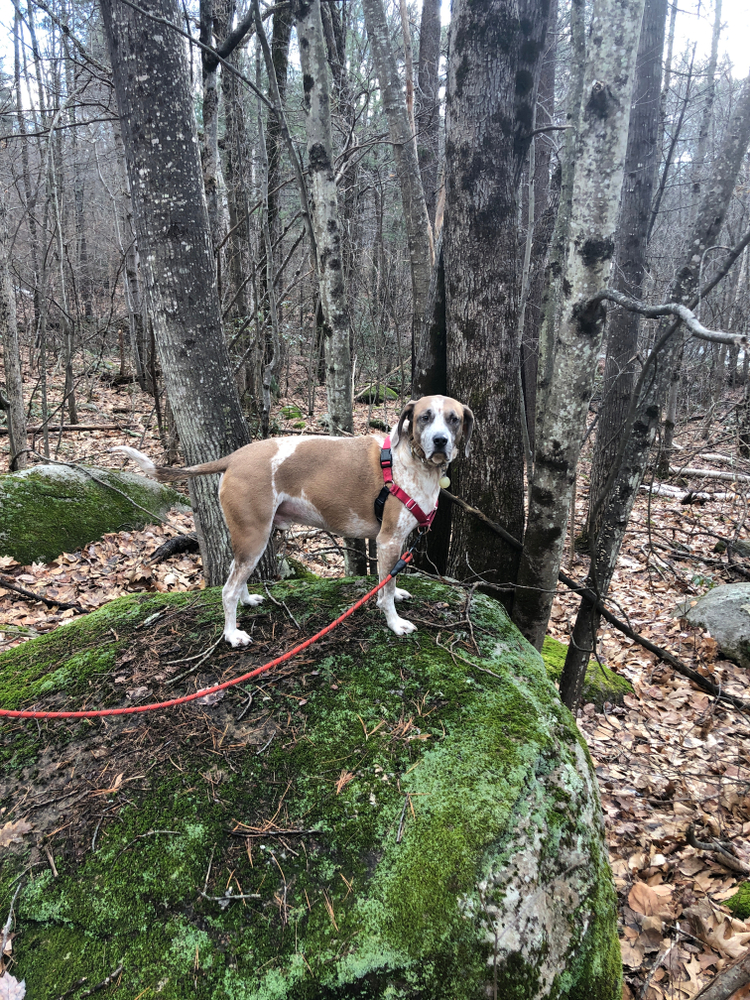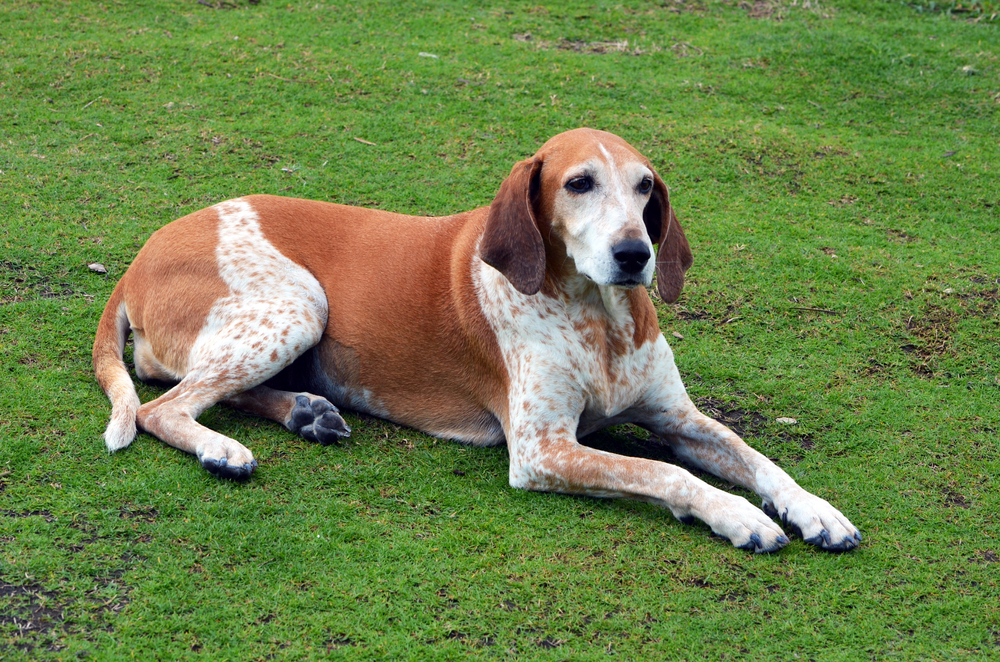Housing and Living Arrangements for American English Coonhounds
In this comprehensive guide, we, as experts in housing and living arrangements for American English Coonhounds, will provide you with invaluable insights to create the best living environment for your beloved four-legged friend. American English Coonhounds, known for their loyalty, intelligence, and exceptional hunting skills, deserve a comfortable and safe space that caters to their specific needs. As responsible pet owners, it is crucial to understand the significance of providing them with the right housing and living conditions.

Creating the Perfect Home Environment
1. Choosing the Right Indoor Space
When setting up a home for your American English Coonhound, consider a spacious area with enough room for them to move around freely. Coonhounds are energetic and active dogs that require plenty of physical activity, so ensure that the indoor space allows for play and exercise. A living room or an open area can be ideal for accommodating their active lifestyle.
2. The Importance of a Secure Yard
As avid explorers and hunters, Coonhounds love spending time outdoors. A secure and fenced yard will not only provide them with the freedom to roam but also keep them safe from potential dangers. Be sure to regularly inspect the fence for any gaps or damage to prevent escape attempts.
3. Creating a Cozy Resting Spot
Coonhounds appreciate a comfortable place to rest after an eventful day. Providing a cozy bed or a soft blanket in a quiet corner of the house will give them the perfect spot to unwind and recharge.


Accommodating Coonhounds' Exercise Needs
1. Regular Outdoor Activities
Given their hunting heritage, Coonhounds thrive in outdoor environments. Engage them in regular outdoor activities like long walks, hikes, or runs. These exercises not only keep them physically fit but also mentally stimulated.
2. Interactive Playtime
Coonhounds are highly intelligent dogs, and they enjoy interactive play sessions. Engage them in games that challenge their minds and utilize their problem-solving abilities, such as puzzle toys and fetch.
3. Socializing Opportunities
Coonhounds are sociable animals and enjoy the company of other dogs. Organizing playdates with other canine companions can be a great way to fulfill their social needs and prevent boredom.
Nutrition and Feeding Guidelines
1. Balanced Diet
A well-balanced diet is essential for the health and well-being of your Coonhound. Ensure that their meals consist of high-quality protein, carbohydrates, healthy fats, and essential vitamins and minerals.
2. Feeding Schedule
Establish a consistent feeding schedule to regulate their eating habits. Coonhounds are prone to obesity, so it’s crucial to avoid overfeeding and provide appropriate portion sizes.
3. Hydration
Keep fresh water available at all times to keep your Coonhound well-hydrated, especially after physical activities.

Grooming and Health Care
1. Regular Grooming Sessions
Coonhounds have short, dense coats that are relatively easy to maintain. Regular brushing helps reduce shedding and keeps their coat in excellent condition. Additionally, don’t forget to trim their nails regularly.
2. Veterinary Check-ups
Schedule regular visits to the veterinarian to monitor your Coonhound’s overall health. Vaccinations, flea, and tick prevention, and heartworm medication should be part of their routine health care.
3. Exercise-Related Injuries
Due to their active lifestyle, Coonhounds are prone to injuries. If you notice any limping, swelling, or signs of discomfort during or after physical activities, consult a veterinarian promptly.
Training and Behavioral Tips
1. Positive Reinforcement
Coonhounds respond well to positive reinforcement training techniques. Reward good behavior with treats, praise, or playtime to encourage them to repeat the desired actions.
2. Consistency and Patience
Training a Coonhound may require patience and consistency. Be understanding and patient during the training process, as each dog learns at their own pace.
3. Socialization from Early Age
Introduce your Coonhound to various environments, people, and animals from a young age. Proper socialization will help them develop into well-mannered and confident dogs.


Housing and Living Arrangements for American English Coonhounds
Providing the best housing and living arrangements for American English Coonhounds is vital to ensure their well-being and happiness. From creating a secure and spacious indoor space to offering ample opportunities for exercise and mental stimulation, every aspect of their living environment plays a crucial role in their overall health and contentment.
Remember, a happy and healthy Coonhound makes for a joyful and fulfilling companion. By following the guidelines and tips outlined in this article, you’ll be well on your way to creating the perfect home for your beloved Coonhound.